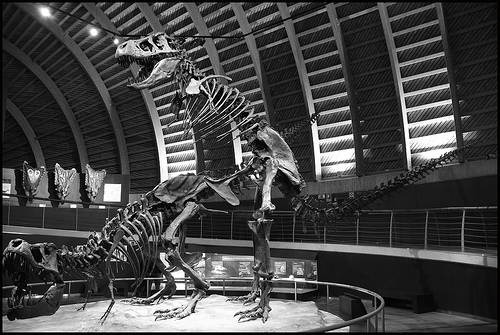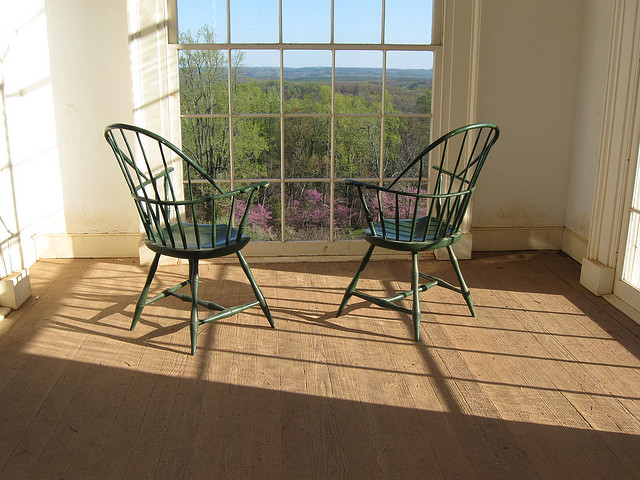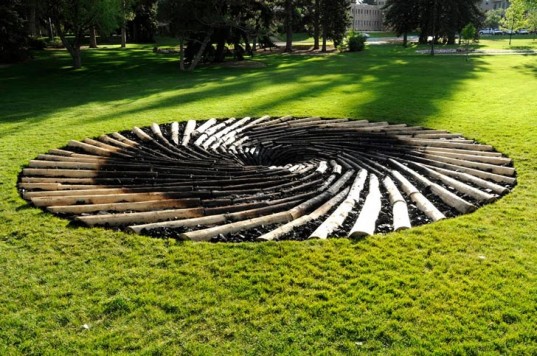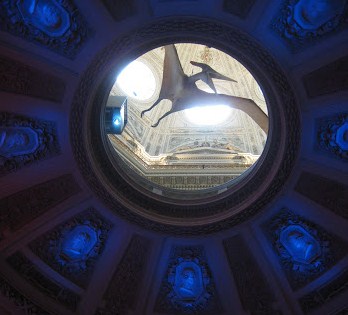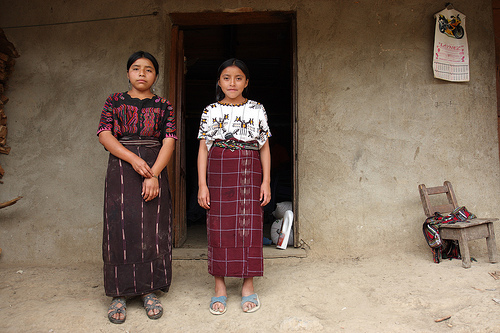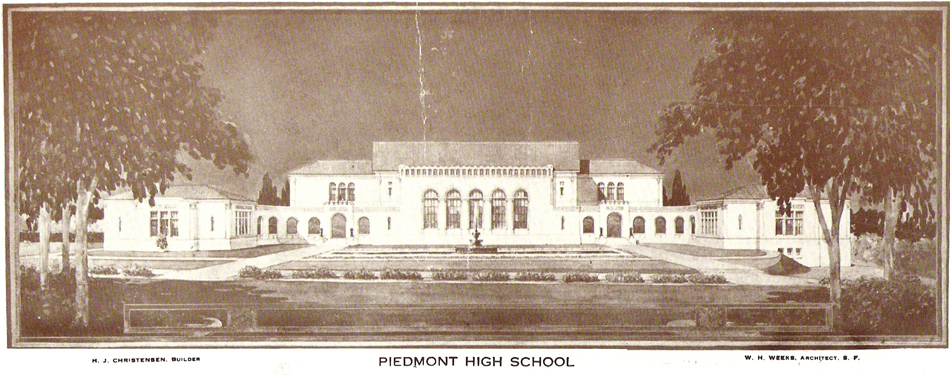First, a disclaimer. This is the kind of discussion that happens when friends talk evolutionary biology over a bottle of wine. (Specifically, me, my husband Dave–whose knowledge of evolution comes from reading New Scientist magazine — and our friend Kevin.)
Christie: Penises make no sense. They’re floppy, vulnerable appendages and males spend an inordinate amount of their lives just seeking places to poke them.
Dave: You can’t pass judgement like that. They’ve obviously outcompeted other things.
Kevin: Hey — you’re dissing a man’s most important unit.
Christie: But imagine how much more productive humans could be if we didn’t have such an urgent and time-consuming urge to copulate.
Dave: You’re looking at it from a single point in time. We think of ourselves as the endpoint of evolution, but we’re not. We’re just an evolutionary snapshot.
Christie: So you’re saying that nature might find a better solution for human reproduction?
Dave: Yeah. Thanks to technology, men can already broadcast our sperm without engaging in sex.
Christie: Like those pinyon pines whose pollen make me sneeze all spring? But that takes all the fun out of it!
Kevin: Yeah, we can’t let evolution take away the act of sex. It’s what makes us human.
Dave: I’m certainly not giving up sex. But who knows where evolution might lead.
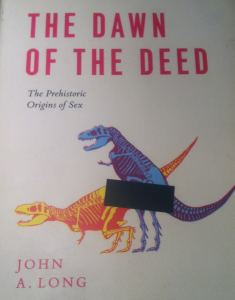 The genesis of our discussion? A review copy of The Dawn of the Deed that landed on my doorstep recently. Continue reading
The genesis of our discussion? A review copy of The Dawn of the Deed that landed on my doorstep recently. Continue reading
